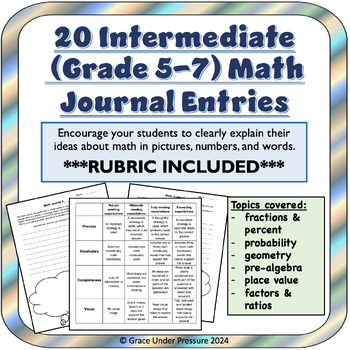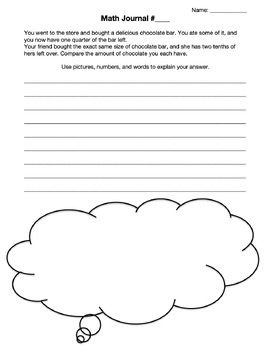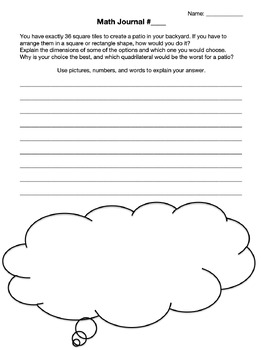20 Grade 5-7 Math Journal Prompts: Problem Solving with Assessment Rubric
- PDF
- Easel Activity
Description
Are you looking for some new math journal prompts for your intermediate math program? Encourage your grade 5-7 math students to clearly explain their ideas about concepts (like ratio, area, and algebra) in complete sentences using appropriate vocabulary and relevant diagrams. These open-ended questions require students to explain how they figured out their answers or to judge options using their mathematic understanding. They are a great way to practice problem solving and critical thinking and assess your students' true understanding of topics taught.
This bundle includes 20 journal entry prompts so you can use two a month for the entire school year. You and your students can track their progress and development.
A rubric (assessing the process, vocabulary, completeness, and visual) for easy marking is also included!
This could be a fantastic addition to your math program for the new school year!
Topics covered:
- fractions and percent
- probability and data collection
- geometry
- pre-algebra
- place value
- factors and ratios






